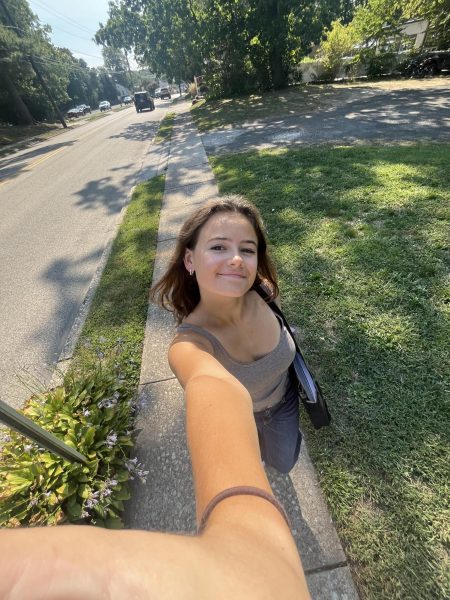The college application process is a daunting beast that has consumed my life since senior year started. I thought I was prepared for everything that came with it yet upon opening my Common App, I realized how clueless I truly was. So whether you are a senior still submitting applications or an underclassman already stressing about the impending doom of the process, here is my list of things no one tells you.
In today’s world, extracurricular activities need to consume your life if you want to attend a top college. Whether it’s clubs, community service, or activities outside of school everyone concedes that they can make or break your application. I’m here to tell you that is completely true. Describing your extracurriculars is the most challenging section of the Common Application because everything else is simply button-clicking. First of all, you are limited to only ten extracurriculars which for some people like myself means condensing multiple activities into one slot or cutting some from your application altogether. I suggest putting together a list of everything you participated in throughout high school and organizing them from most important to least important. Importance can be determined by leadership positions, how long you have done them, or simply what you think looks the most impressive to schools. After you’ve chosen what to list you have exactly 150 characters to describe it. The best advice I can give for this is to try to choose the most significant aspects of your activities and list them in a way that makes it seem like the coolest thing ever. I didn’t “write and edit for the school newspaper” I “Researched and wrote articles for the school online newspaper and was selected to edit the opinion section”. Overall just try to make everything you’ve done as amazing as possible.
After jumping over the hurdle of the Common Application essay question, you would think your writing is done. However, the most time-consuming part of your application is the individual college questions. Lots of schools, especially more prestigious ones, require you to write more supplemental essays. Once you have a list of schools to apply to, look through all the additional writing you have to do and write them down. Pay attention to the word limit because some questions require about 650 words, (the length of the common application essay) and some only give you 50. If you find yourself mentally blocked from typing in the text boxes provided, try opening an entirely separate Google doc to write in. This also comes in handy when you can use the same response for different schools if they ask similar questions. I ended up being able to use a scrapped idea for the common app essay for a short response for a school so you never know what will end up helping you out. My only other advice is to try and be unique in your responses, especially if the question is very broad or generic. Use that freedom to make yourself stand out among the sea of conventional answers admissions counselors have to scroll through.
Rolling? Early Decision? What does it all mean? Colleges use these terms to describe how and when they take applications but they can be a bit confusing to understand. Take it from someone who almost applied Early Decision instead of Early Action, you need to know the differences. Rolling admissions means the school takes applications until a specified date and accepts them as applications come in. You will get your acceptance at any point with rolling admissions depending on when you submit. I would recommend applying to places with rolling admissions earlier because financial aid and acceptances themselves dry up as more people submit. Regular decision is when a school has a specific date when they stop taking applications and send out their acceptances typically around late March to April. Regular decision means no matter when you send in your application it will not be looked at until after the deadline so feel free to take more time with these schools. Early Action and Early Decision are different options schools offer for admissions for applicants who might have their school as a top choice. Early Action means there is a sooner deadline that the application must be submitted and you will get a decision back sooner than regular decision applicants. Early Action should be used to show a school your interest because you are more likely to get accepted and receive more aid. Early Decision is the option to commit to a school if you are accepted to it. It is a binding agreement to the school to attend should you be accepted. Early Decision should only be used for your absolute top choice or dream school and can only be used once. Make sure to take note of what admission process the schools you are applying to use by looking at the college’s website or the “college information” tap in the common app.
I leave you with two more pieces of quick advice: ask a teacher for recommendations early, fill out your Naviance and FERPA form, fill out the transcript release form, and then check with your counselor that your high school transcripts are sent to your schools of choice.
College admissions are a stressful part of your high school career, so take the whole process one step at a time and manage your time wisely. Hopefully, you learned something new about college applications that helped demystify them a bit and feel confident to take them on yourself.








